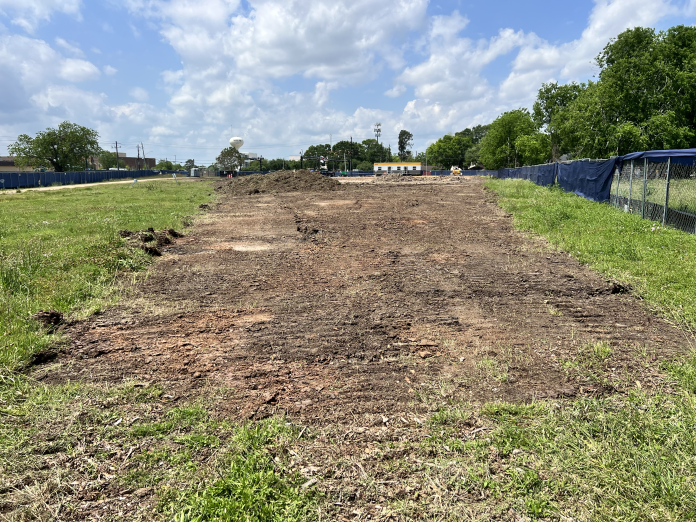Land clearing and grubbing are two terms that are often used together in the construction world, and they each have specific meanings:
Land Clearing: This is the process of removing vegetation, trees, rocks, and other surface obstructions from a site. The goal is to create a clean, unobstructed space that’s ready for development.
Grubbing: After clearing the surface, grubbing involves removing what lies just below it—roots, stumps, and organic material that could compromise the stability of the soil. Grubbing is essential to ensure that no roots or other materials remain that could decay over time, potentially causing the ground to shift.
Both processes are fundamental to creating a solid foundation for the structure that will eventually be built on the site. When starting a construction project, having a stable, obstruction-free site is essential.
Every project needs
Soil Stability: By removing all vegetation, roots, and organic material, contractors prevent future soil shifting or instability. This helps to avoid issues like uneven foundations, which could lead to structural problems down the line.
Longevity and Safety: Proper land clearing and grubbing set the stage for a structure that will stand the test of time. When the ground is prepared correctly, buildings are less susceptible to settling issues and structural damage, making them safer and more durable.
In short, land clearing and grubbing aren’t just preparatory steps—they are essential to the quality and safety of the construction project.
We are trained to assess the land, plan the removal of obstacles, and execute the process with heavy equipment. We work with precision to clear only what’s necessary, preserving as much of the surrounding environment as possible while making sure the construction site itself is fully prepared.
Steps Involved in Land Clearing and Grubbing
Surveying the Site: The contractor starts by assessing the landscape and determining what needs to be cleared and removed. This stage is essential to understand the layout of the site and plan the work efficiently.
Clearing Vegetation and Obstacles: Using heavy machinery, contractors remove trees, brush, rocks, and any other visible obstacles. This clears the top layer of the site and sets the stage for the grubbing process.
Grubbing Below the Surface: Once the surface is cleared, contractors remove any roots, stumps, and underground materials. This step helps stabilize the soil and prepares it for the foundation.
Final Grading: After clearing and grubbing, contractors smooth and level the land, ensuring it’s ready for the construction phase. This final grading is essential for creating a stable, even surface for building.


